Opening Remarks & Introduction to Neutron Science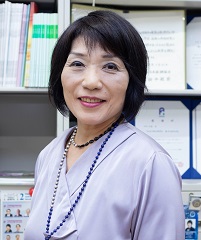
Dr. Yoshie Otake
RIKEN
Dr Yoshie OTAKE received her PhD in 1989 from Waseda Univ. on quantum coherency issues related to neutron interferometry. She then joined the development of multilayer interferometry and the U-SANS (USL) experiment at JRR3 (JAEA), and also carried out neutron EDM exploratory experimental research at ILL. She also carried out R&D activities at SPring8 from 1996 to 2002.
She participated in a project to develop an accelerator-based compact neutron source system, which is a new approach at RIKEN, and has been the RIKEN compact neutron systems RANS project leader since 2013, aiming to make neutron beams available at manufacturing and infrastructure sites, the project aims to enable the use of neutron beams at manufacturing and infrastructure sites under the slogan 'Neutron anytime, anywhere'. In addition to imaging experiments, RANS enables engineering diffraction, SANS, and fast neutron scattering imaging by utilizing the characteristics of a pulsed neutron source. scattering and fast neutron scattering imaging, taking advantage of the characteristics of the pulsed neutron source, in addition to imaging experiments. The neutron salt meter RANS-µ (Cf source) is being put into practical use, with measurements on real bridges starting in FY2023.
She has been appointed Chairman of the Japanese Society of Neutron Science since 1 April 2023, and is expanding activities to promote science diversity and visualization in the neutron community.
Introduction to Muon Science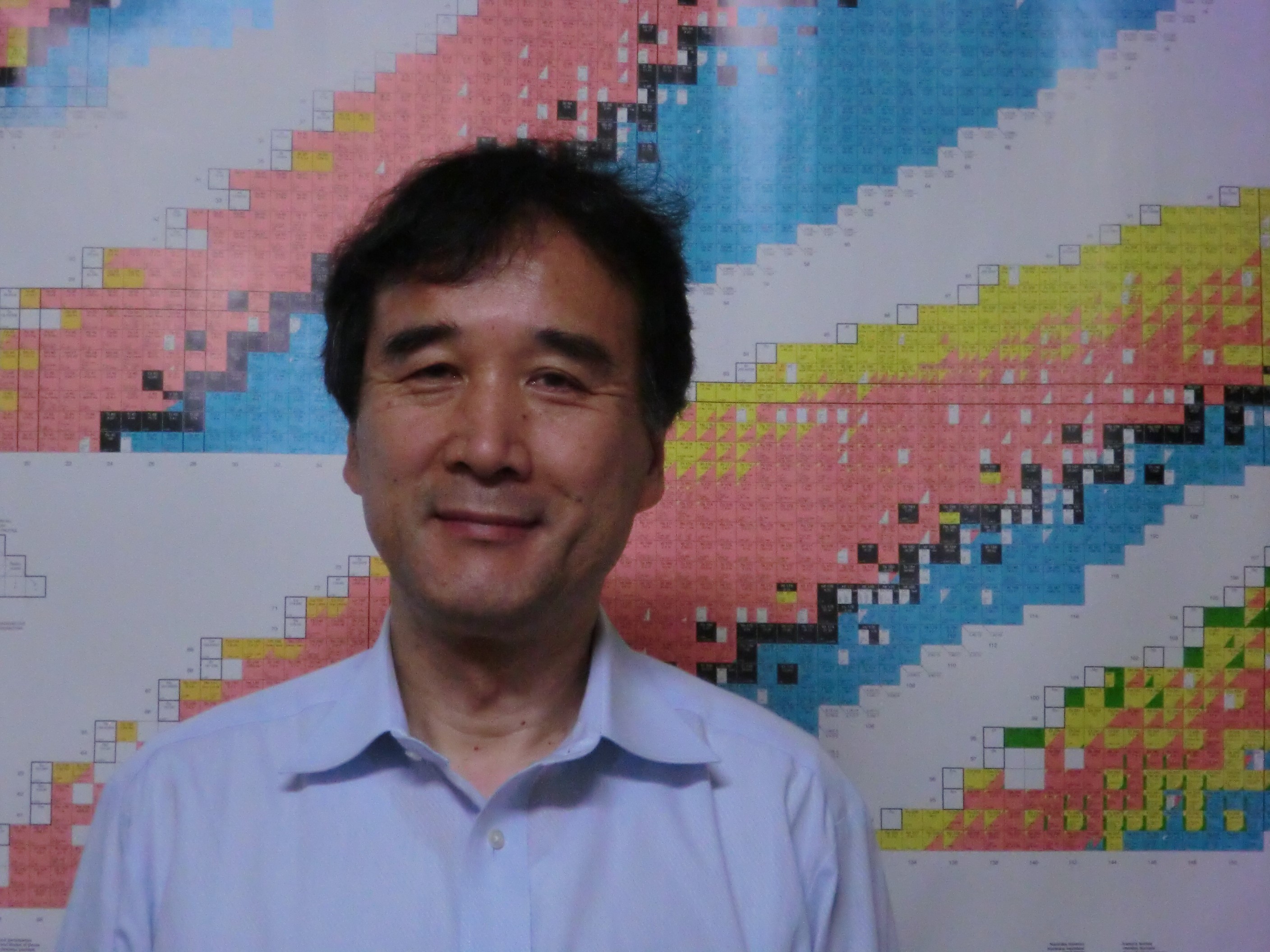
Prof. Kenya M. Kubo
International Christian University
Prof. Kubo studied for his BS and MS, and received his PhD at the University of Tokyo. His research interests have been focused on the application of radiochemical techniques to material characterization and elemental analysis. Extremely small amount of unstable species created by the irradiation of neutron, muon and radioactive isotope beams are characterized through hyperfine interactions detected by emitted electrons and gamma-rays. Neutron activation analysis and elemental analysis by muonic X-ray are among his research topics at J-PARC. He likes walking and disassembling gadgets.
Neutron Diffraction 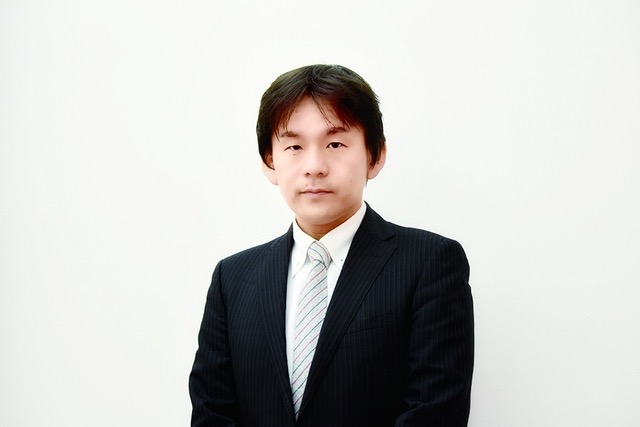
Prof. Yusuke Nambu
Institute for Materials Research & Organization for Advanced Studies, Tohoku University
Japan Science and Technology Agency
Prof. Nambu obtained his Ph.D. from Kyoto University in 2009. He was a JSPS research fellow (2006–2009), a JSPS postdoctoral fellow for research abroad at Johns Hopkins University (2009–2010), and a guest researcher at NIST Center for Neutron Research (2009–2010). After he served as an assistant professor at the University of Tokyo (2010–2012) and Tohoku University (2012–2015), he has been an associate professor since 2015 at the Institute for Materials Research and Organization for Advanced Studies, and has also been a Tohoku University Distinguished Researcher since 2020. His research currently focuses on spintronics, magnonics, frustrated magnetism, and iron-based superconductivity using neutron diffraction/scattering techniques. He is responsible for the neutron powder diffractometer HERMES at JRR-3.
Small-Angle Scattering 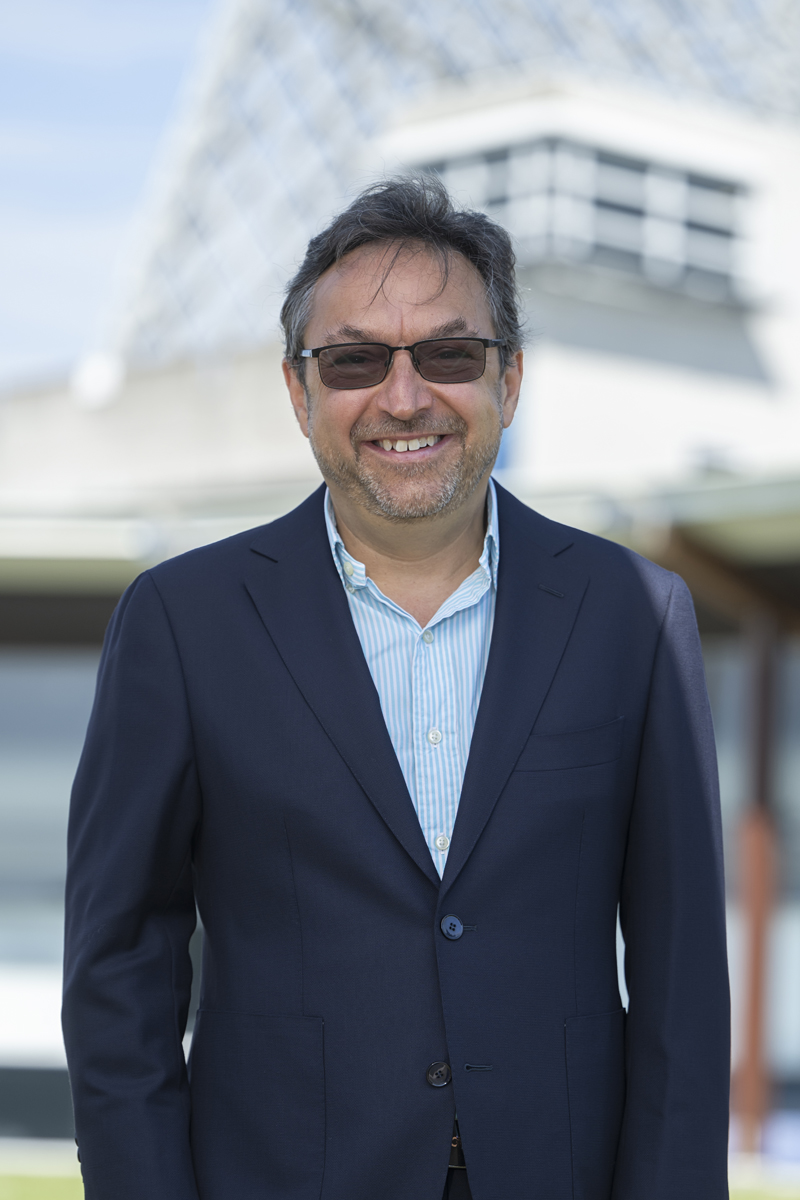
Prof. Elliot Paul Gilbert
Australian Nuclear Science and Technology Organisation
Honorary Prof. University of Queensland
Prof. Gilbert completed his undergraduate studies in Chemical Physics at the University of Edinburgh and received his PhD from the Australian National University in 1998 focussing on the phase behavior in n-alkane systems. Following an Australian Research Council Industrial Postdoctoral Fellowship, he joined the Small-Angle Scattering Group at the Intense Pulsed Neutron Source at Argonne National Laboratory. He joined ANSTO in 2001 to lead the project for the design, construction and commissioning of the QUOKKA small-angle neutron scattering instrument at the OPAL facility and is currently instrument-responsible. Prof. Gilbert also devised, initiated and leads ANSTO’s research activities in the application of scattering to investigate fundamental and industrial problems in food materials science. While Prof. Gilbert’s interests lie in both soft and hard condensed matter, he has also sought to develop unique and specialised sample environments to extend the use of scattering instrumentation into new scientific areas; such devices include the first differential scanning calorimeter capable of enabling the simultaneous measurement of SANS and a Rapid ViscoAnalyser that enables SANS to be measured during a food process. He is a member of the IUCr Commission on Small-Angle Scattering and chaired the international conference on small-angle scattering in Sydney (2012).
Muon Spin Rotation/Relaxation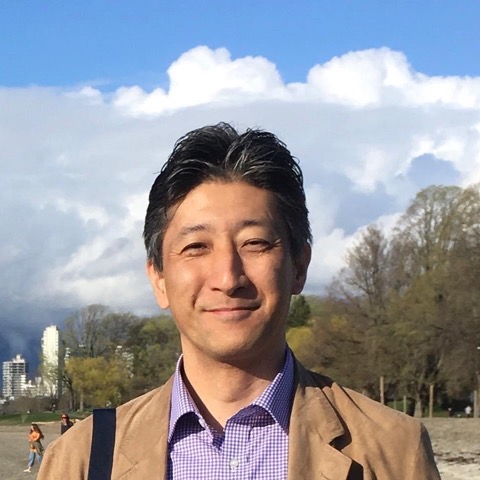
Prof. Kenji M. Kojima
TRIUMF Centre for Molecular and Materials Science and Stewart Blusson Quantum Matter Institute, the University of British Columbia, Canada
Professor Kenji M. Kojima has 30+ years experience of condensed matter research using muon and other probes. He obtained his PhD at the University of Tokyo in 1996 on studies of Quantum Magnets using muons and neutrons. He spent two years as a Postdoctoral fellow at Columbia University (New York), and came back to the University of Tokyo as a Research Associate / Assistant Professor. He moved to KEK in 2009 as an Associate Professor and constructed the muon spin spectrometers at J-PARC MLF, which are currently operational. In 2018, he moved to TRIUMF, where he had been a frequently visitor for experiments. His current research areas are semiconductors, magnetism and superconductivity using muons and neutron scattering techniques, and also instrumentations for the future muon spectroscopies.
Inelastic Scattering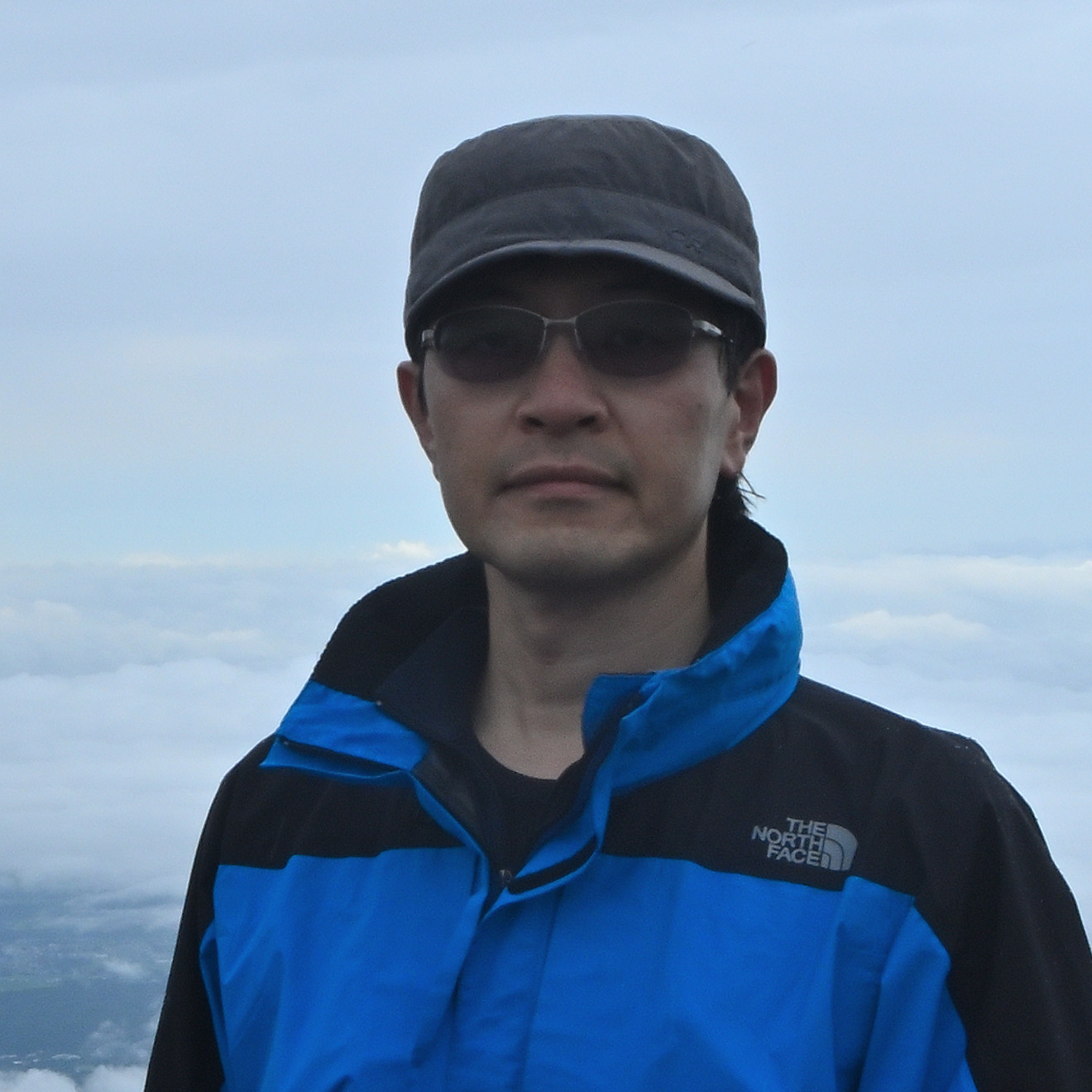
Dr. Ryoichi Kajimoto
J-PARC Center, JAEA
Dr. Ryoichi Kajimoto earned his PhD from The University of Tokyo in 2000, with a research focus on neutron scattering studies of charge and orbital ordering in perovskite-type Mn oxides. He served as a postdoctoral fellow at Ochanomizu University from 2000 to 2003, followed by a position at the High Energy Accelerator Research Organization (KEK) from 2003 to 2004. In 2004, he joined the Japan Atomic Energy Research Institute, now known as the Japan Atomic Energy Agency, where he played a pivotal role in the construction of the chopper spectrometer 4SEASONS. Dr. Kajimoto currently serves as an instrument scientist for 4SEASONS. His research interests encompass spin-charge-orbital coupled phenomena in strongly correlated electron systems, thermoelectric materials, and neutron instrumentation.
Quasi-elastic Scattering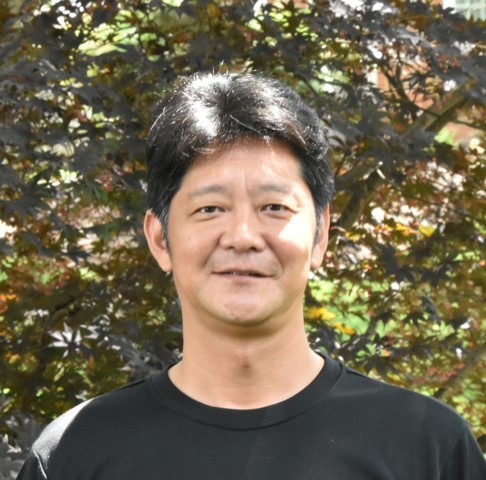
Prof. Michihiro Nagao
Instrument Scientist, National Institute of Standards and Technology, USA
Research Professor, University of Maryland, USA
Affiliate Associate Professor, University of Delaware, USA
Visiting Professor, Institute of Materials Structure Science, KEK, Japan
Professor Nagao graduated from Hiroshima University and left the graduate school for employment being a Research Associate at the University of Tokyo in 1997. He was an instrument scientist of the SANS-U (1997-2003) and the lead instrument scientist of the iNSE (2003-2006). He received his PhD from the University of Tokyo in 2001. He became an instrument scientist of the NIST-NSE at the National Institute of Standards and Technology (NIST) Center for Neutron Research (NCNR), USA in 2006. He was also affiliated with Indiana University as a Staff Scientist (2006-2010), Associate Scientist (2010-2018) and Senior Scientist (2018-2020). He became a visiting Research Professor at the University of Maryland (UMD) (2020-2021). Currently he is a Research Professor at UMD, collaborates to upgrade the NIST-NSE instrument as Affiliate Associate Professor at the University of Delaware (2020-) and collaborates to develop NSE experiments as Visiting Professor at KEK (2023-). His research interest is on neutron and X-ray scattering studies of soft condensed matter systems.
Muonic X-ray Measurements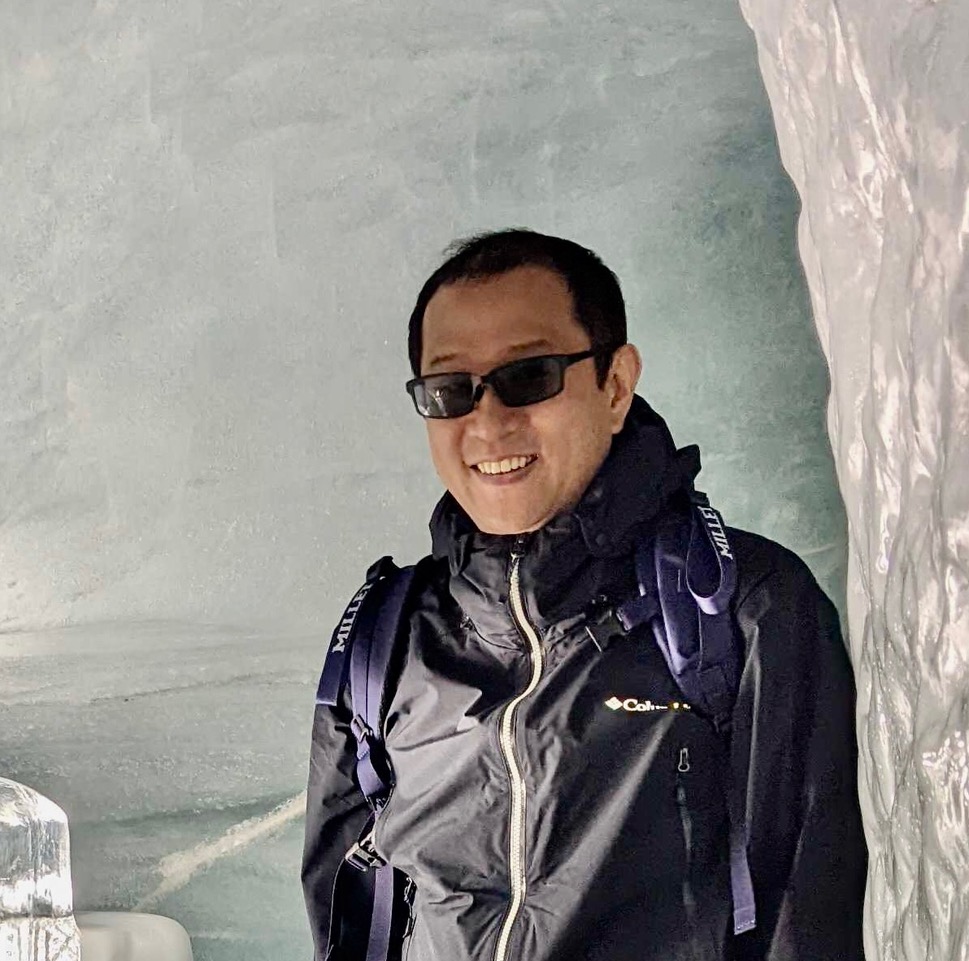
Dr. Akira Sato
Osaka University
Dr. Akira Sato obtained his Ph.D. in experimental hadron physics from Science University of Tokyo in 2001. He subsequently moved to Osaka University as a postdoctoral researcher, where he has been dedicated to the development of high-intensity muon sources and their application in particle physics experiments (PRISM, COMET), as well as promoting the utilization of muons in various applications. Dr. Sato played a key role in establishing the DC muon facility MuSIC at Osaka University's Research Center for Nuclear Physics, where he also serves as the facility's leader. At MuSIC, he collaborates with users to advance research primarily using negative muons. His work includes non-destructive analysis using muon X-rays, particularly applied to non-destructive elemental analysis of archaeological materials and meteorites. Recently, he has been actively involved in the development of imaging techniques for elemental distribution.
Neutron Reflectometry
Part 1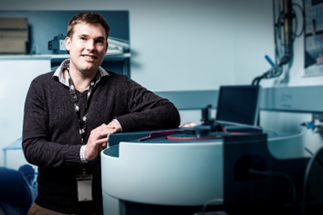
Dr. David Cortie
ANSTO
David Cortie received his PhD in 2013 from the University of Wollongong. He then performed post-doctoral work at the Quantum Matter Institute, University of British Columbia, the Australian National University and the Australian Nuclear Science and Technology Organisation (ANSTO). He joined ANSTO in 2021 as a neutron scientist for the Platypus and Spatz reflectometers. His focus is developing neutron reflectometry and grazing incidence techniques to study quantum materials and strongly correlated magnetic systems at cryogenic conditions. Recent work has also explored neutron reflectometry applications to study applied thin film processing technologies including vacuum annealing, deposition, ion implantation and hydrogen gas interactions.
Part 2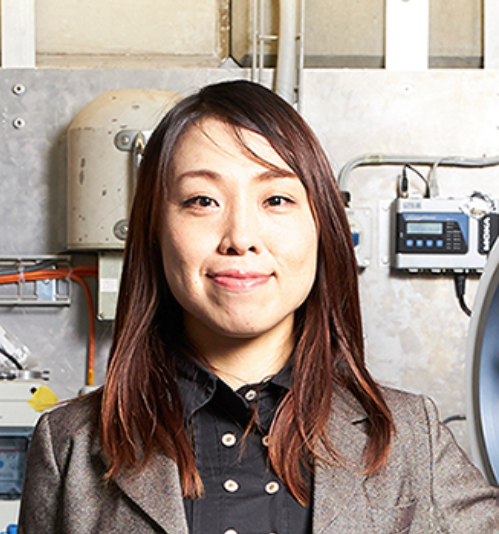
Dr. Masako Yamada
J-PARC center/KEK-IMSS
Dr. Yamada is the lead instrument scientist for the Soft Interface Analyzer, SOFIA, at J-PARC. She graduated from Kyoto University, receiving her PhD in Physics in 2013. She began her postdoctoral work at RIKEN in Japan, contributing to the improvement of the proton beam transportation and neutron instrumentation at the accelerator-driven compact neutron source, RANS. From 2015, she joined the Paul Scherrer Institute (PSI) in Switzerland, where she led neutron optics development projects, and contributed to the cold-neutron-guide upgrade (SINQ upgrade) as a key figure in designing advanced guides, fast and cold neutron beam characterisations, and shield development. In 2022, she became an instrument scientist at the J-PARC Center, overseeing the SOFIA neutron reflectometer. Her research interests include neutron optics and instrumentations and hydrogen embrittlement investigations using neutron and X-ray reflectometry.
Metal and Material engineering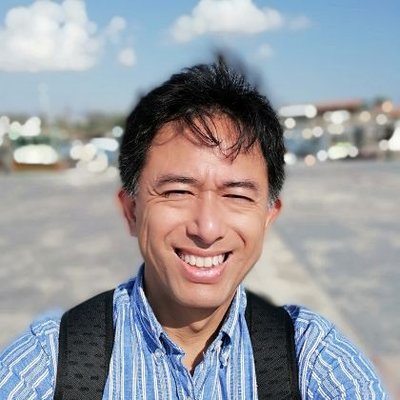
Dr. Stefanus Harjo
J-PARC Center, JAEA
Stefanus Harjo is a lead scientist for the Engineering Materials Diffractometer TAKUMI at J-PARC. He earned his Ph.D. for studying steel strength using neutron diffraction from Ibaraki University in 2000. Following a postdoctoral stint at Ibaraki University and KEK, he joined the Japan Atomic Energy Agency in 2005 to focus on designing and constructing TAKUMI. This instrument is specifically geared towards researching stress and crystallographic microstructures in engineering materials. Harjo's research spans various areas, including deformation, phase transformation, and residual stress in a range of materials like steels, light metals, shape memory alloys, concretes, and ceramics. Recently, he and his team at TAKUMI developed and implemented a cryogenic loading system for in situ neutron diffraction, leading to the discovery of numerous intriguing phenomena.
Neutron techniques in extreme conditions
Part 1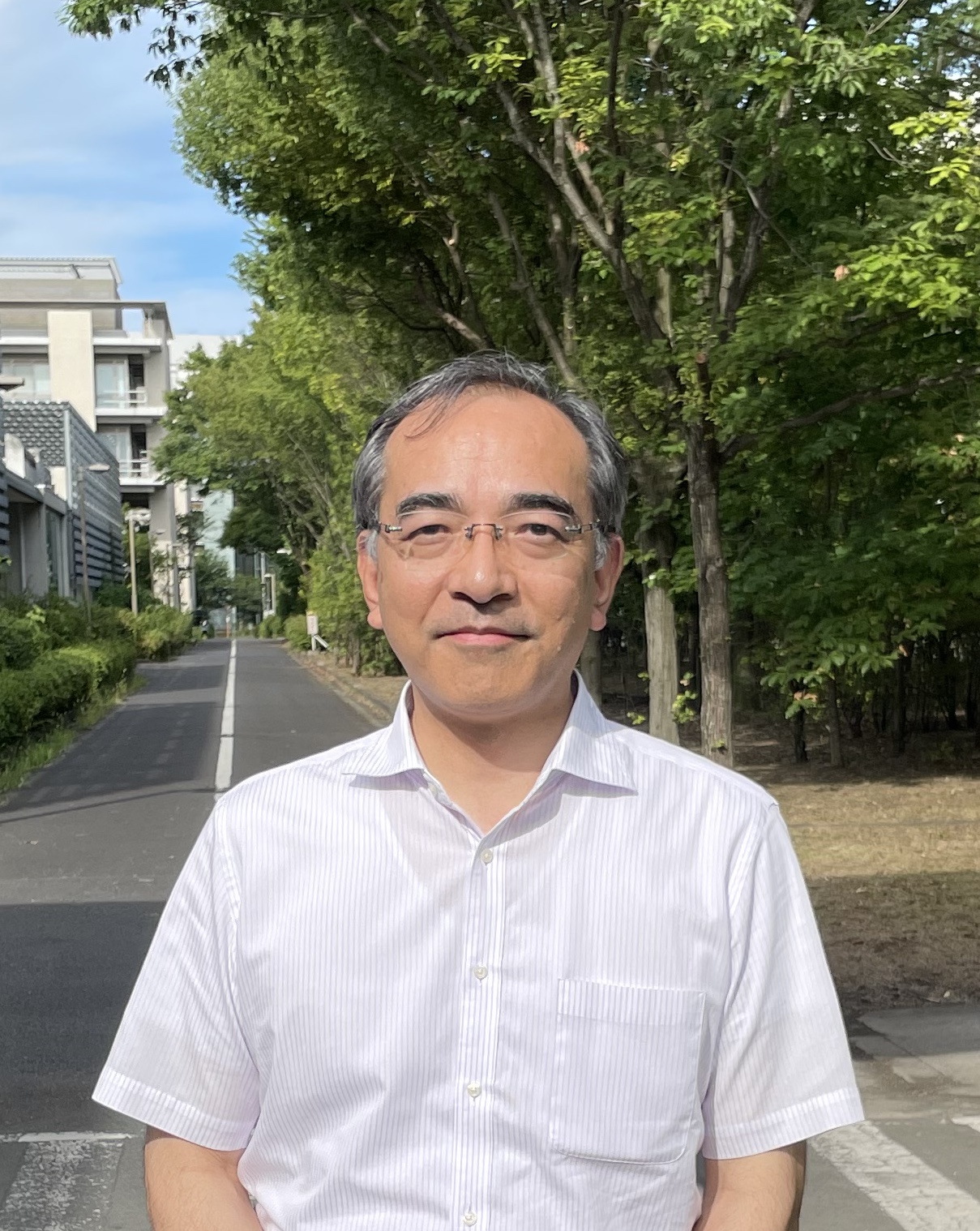
Dr. Yoshiya Uwatoko
Comprehensive Research Organization for Science and Society (CROSS)
In 1988, the Uwatoko Science Coordinator received a PhD from Hiroshima University with a dissertation titled "Neutron Diffraction and Magnetic Studies of CsCl-type CeZn1-xMx (M = Cd and Cu) Single Crystals." In 1989, he became an assistant professor at the Faculty of Liberal Arts, Kumamoto University, where he began researching the effects of pressure on solid-state materials. In 1995, he joined the Faculty of Science at Saitama University as an assistant professor. By 2001, he had also moved to the Institute for Solid State Physics at the University of Tokyo as an assistant professor. In 2013, he was promoted to professor and retired in March 2024. Currently, he is the Science Coordinator at Cross, promoting neutron diffraction experiments under high pressure and low temperatures. His main research interest is the study of novel phases induced under pressure, and he enjoys developing pressure devices tailored to various physical property experiments.
Part 2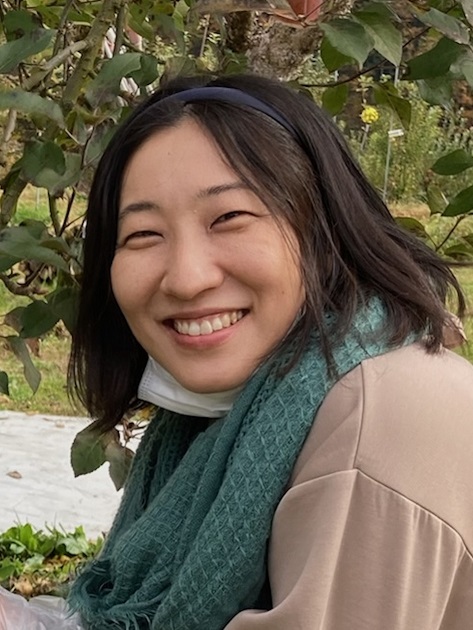
Dr. Asami Sano-Furukawa
J-PARC Center, JAEA
Dr. Asami Sano-Furukawa is a Principal Scientist at the MLF, J-PARC at Japan Atomic Energy Agency (JAEA). She received a Ph.D. from Tohoku University. She joined ISSP at the University of Tokyo as a postdoctoral fellow and moved to JAEA in 2009 to work on PLANET, the high-pressure neutron diffractometer in the MLF. Her research interests focus on understanding the properties of the hydrogen bonds in the minerals at the Earth's mantle conditions, with implications for mineral physics, geophysics, and geochemistry. Based on this motivation, she has contributed to developing a neutron diffraction technique at high pressure and high temperature using a large-volume six-axis multi-anvil press in PLANET as an instrumental scientist.

